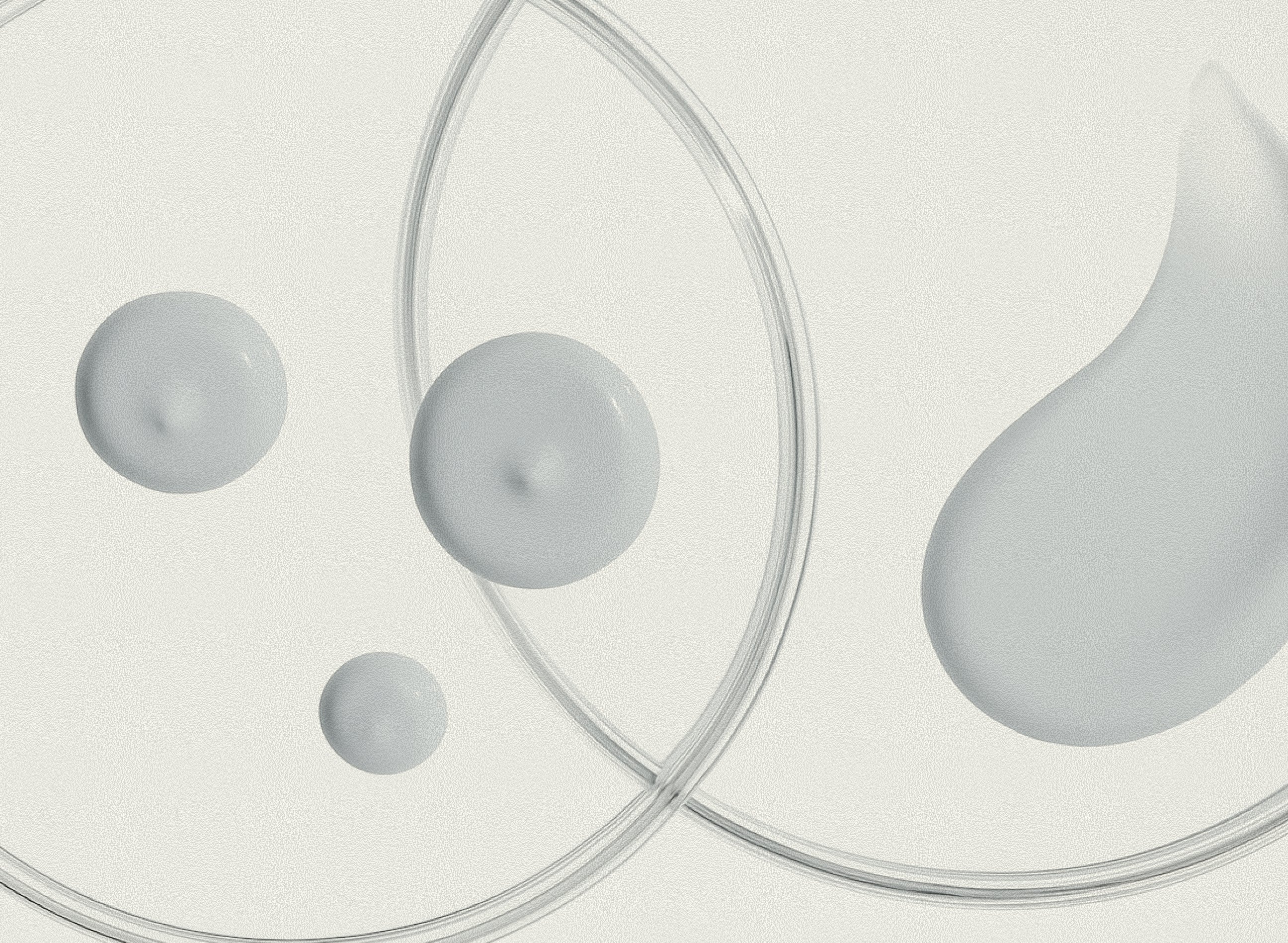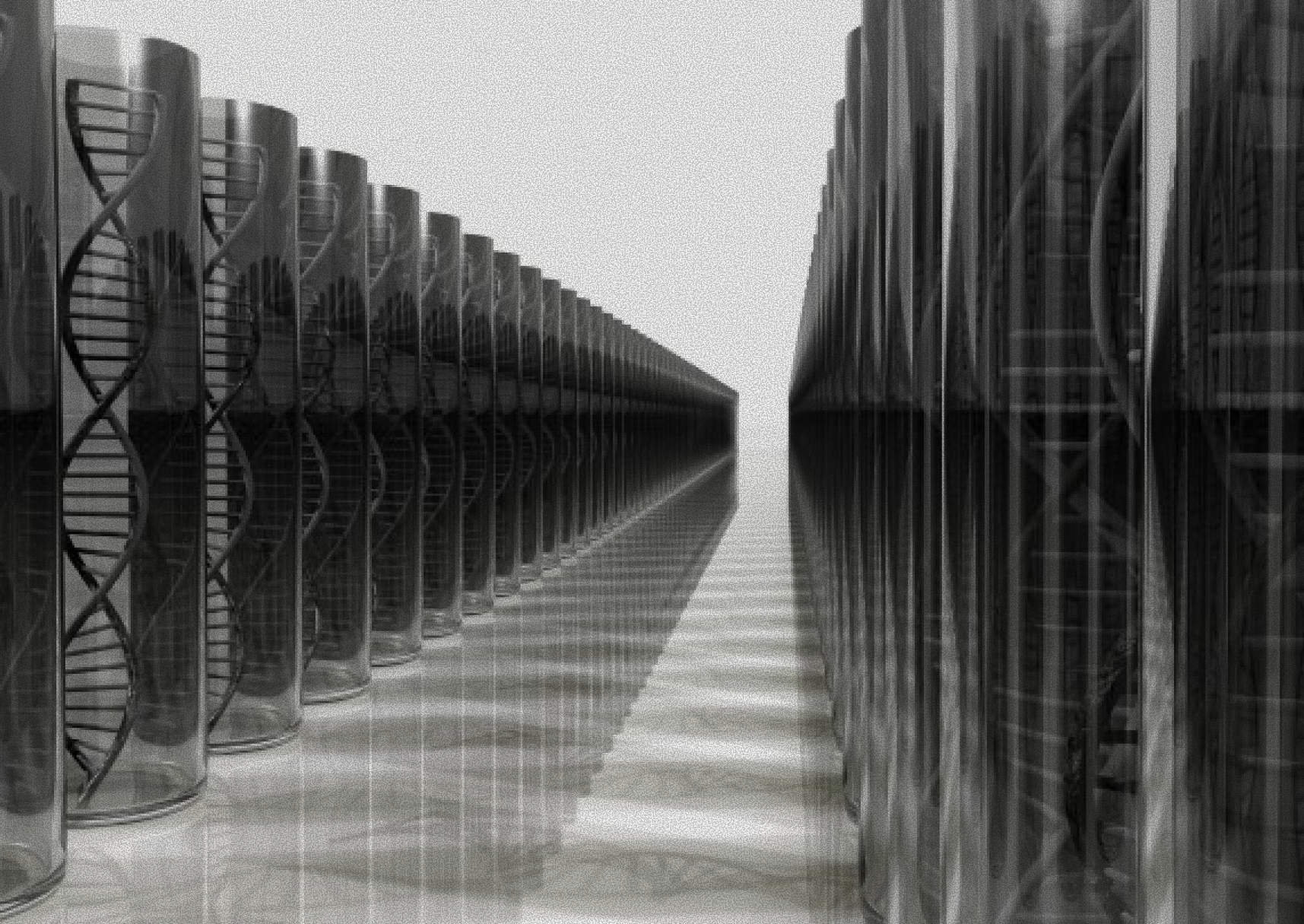Article: The Antioxidant Dialogue

The Antioxidant Dialogue
Oxidation & Its Counter Moves
When skin looks tired, uneven, or dull, there’s usually an oxidation cascade behind it -whether it's sparked by UV, blue light, pollution, or other everyday stressors that can start to make their visible mark at the surface. Antioxidants are some of our best tools to interrupt those cascades. Though they can do this in a few ways, radical scavenging is probably the most well-known way.
But it’s important to note that, at their core, antioxidants aren’t magic - they work through electron management (think fewer fireworks, more traffic control).
In NOCTIS, we include two highly targeted, lab-grade antioxidants (alongside an array of phyto-antioxidants), each selected for a specific role within the formula. Today, we’ll focus on these two isolated actives — just one small facet of our broader antioxidant network.
In the hydro domain, we chose Methylene Blue (MB) — a small, water-soluble redox agent that operates in the upper, water-rich layers of the skin. Methylene Blue’s hallmark is its reversible electron transfer — it acts as what we call a shuttler, continually cycling electrons to help neutralize reactive oxygen species (ROS).
To complement MB, we added CoQ10 in the lipid or oil phase of the serum. CoQ10 is a well-studied, chain-breaking antioxidant that intercepts lipid peroxyl radicals and supports vitamin E recycling, a vital defender of the skin’s membranes.
Together, they form a dual-phase undertaking:
-
MB addresses aqueous ROS via electron shuttling at the surface.
-
CoQ10 counters lipid oxidation in membranes and helps regenerate vitamin E.
The result is comprehensive antioxidant coverage across both water and oil domains, helping to maintain redox balance where stress first appears. For skin, that translates to smoother texture, renewed radiance, and a more resilient barrier.
These two actives are part of PHYREDOX™, our larger antioxidant architecture we designed to intelligently recycle and extend antioxidant defense across biological pathways of repair.
An Electron Shuttler: Not One & Done
To understand MB’s mechanism, it helps to define what we mean by an electron shuttler.
While many antioxidants neutralize a free radical and then deactivate (hello, Vitamin C), redox-active molecules can both give and receive electrons repeatedly. They do this via accepting an electron, donating it where needed, then returning to their original, active state.
That repeat action - a kind of electron shuttling - is precisely what Methylene Blue does. Think of it less as a single stoplight, and more as an intelligent traffic system, continually directing and balancing the flow of reactive oxygen species (ROS) as they arise (and at the source!).
Through continued use, this activity helps maintain a local pool of redox-active agents that buffer oxidative stress, whether from UV exposure, pollution, or everyday metabolic activity. And the best part? It’s not a one-and-done action.
A note for the data-minded
Studies show:
-
Early in-vitro work on human skin cells show methylene blue outpaces retinol on select oxidative-stress and cell-vitality markers.
-
In-vitro work demonstrated MB increased skin cell viability
_____________________________________________________________________
Our power pair of antioxidants work on two fronts, via electron shuttling upstairs, and chain-breaking curbside, both moving in step. Add gentle resurfacing in an emulsion designed to go deep, and you get skin that's more resilient, and reads more luminous with each use.
Visit our FAQs page to learn more/view ingredient-level source literature.
